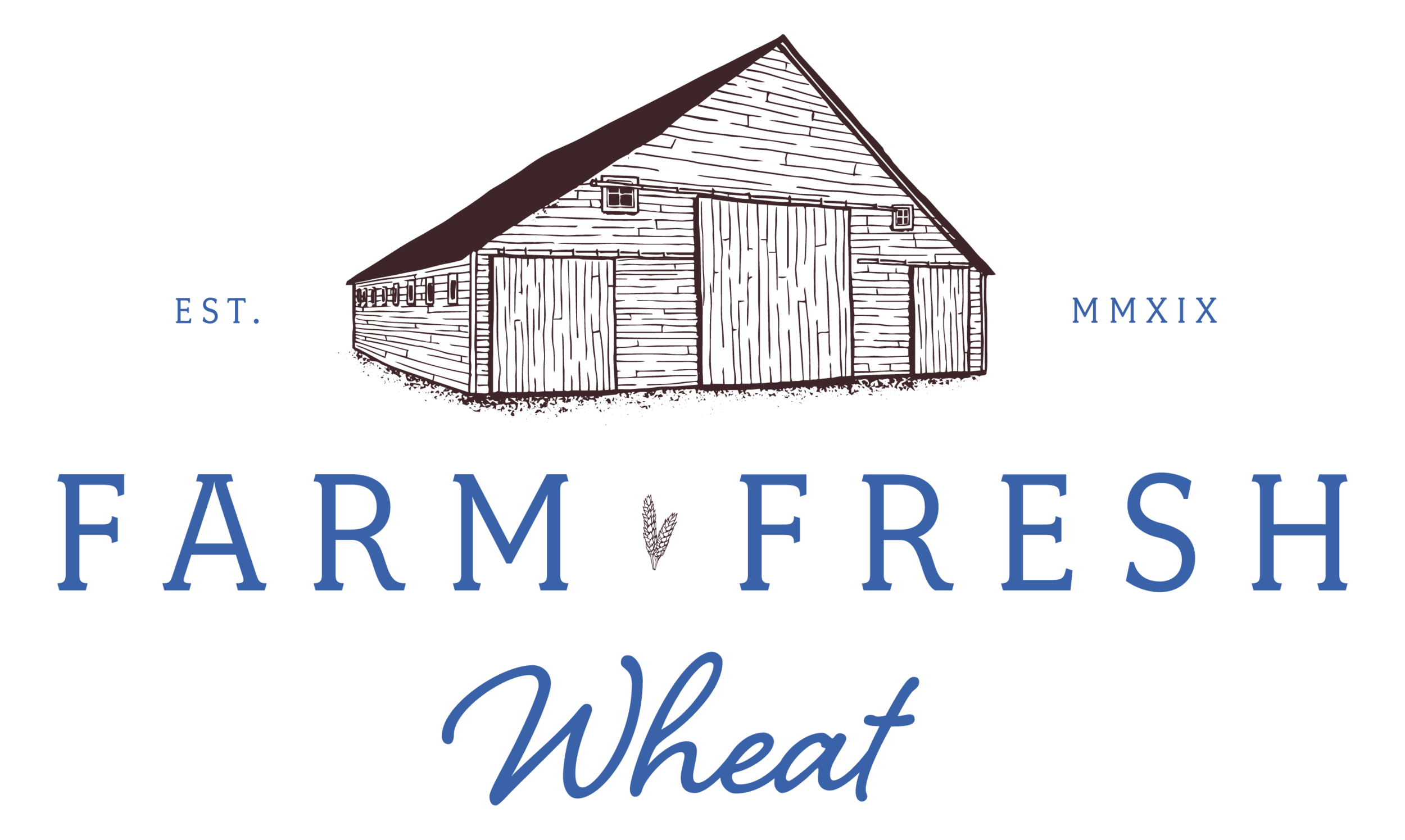Starting in the Field
Hi Friend,
Guess what? We are in the field already! Yep, tractor and harrow are starting to prep the fields for the 2021 wheat crop!
On our farm we “fallow” our fields. That means that every other year we plant wheat in a field and the next year the field sits with straw in it until we start prepping the ground to plant. The straw has many benefits such as erosion control, increasing moisture retention, and breaking up disease.
A bird’s eye view of the tractor harrowing one of our fields. The fields planted with 2020’s wheat crop are turning green, but the range land is still looking pretty dormant.
A harrow is pulled over the ground, not into the ground, to break the straw. This makes it easier to work the straw in as mulch later on when we work the soil prior to planting. The straw is a vital organic matter that provides nutrients, feeds microbes, and gives structure to the ground (keeps furrows from falling in and washing away the seed).
You can see that the straw has not been uprooted, but the stalks are not as tall as they were prior to harrowing.
If straw is so beneficial for the ground, why do we have to break it prior to working it in? Good question. We don’t bale our straw after harvesting, so we keep our straw longer than other farms. If the straw is not broken before working it into the ground, the steams may be too long and plug up machinery later on. Think of a mulch you use in your garden. You would rather the mulch be made up of small pieces than long pieces of organic matter.
Flying into the harsh afternoon sun doesn’t make for great pictures, but you can see the contrast between the field in fallow (the one that looks brown with straw) and the field in wheat (see the green in the upper right hand corner?).
Aren’t these aerial pictures Kevin took of the tractor and harrow great? Literally, a bird’s eye view.
We will be sharing more great pictures and video of harrowing on our Facebook and Instagram pages. If you’re not already following along, we’d love for you to join us.
Best,
The Sieverkropp’s



